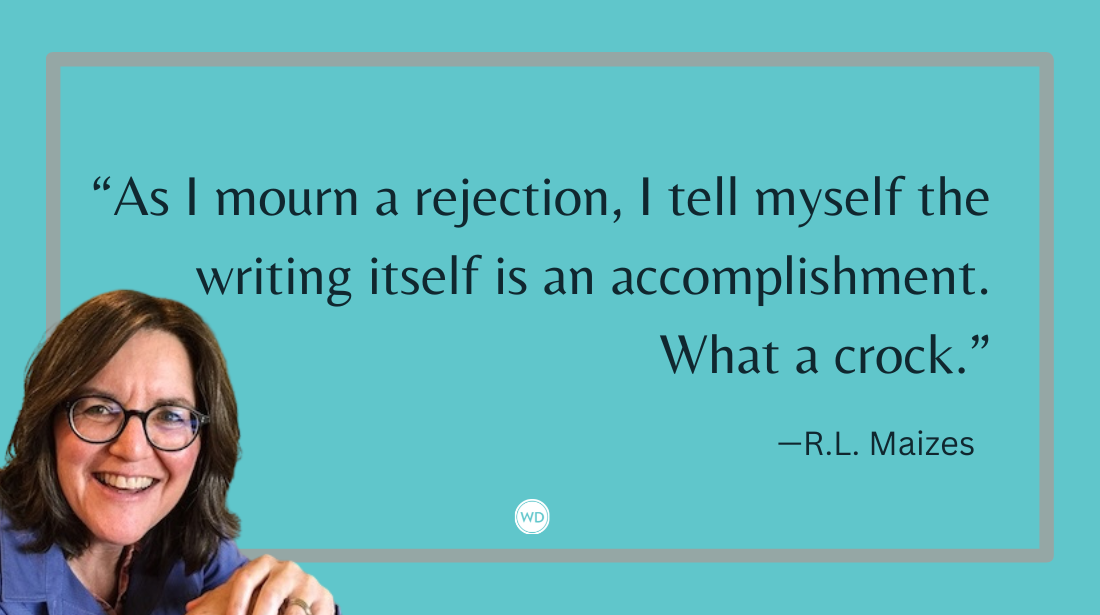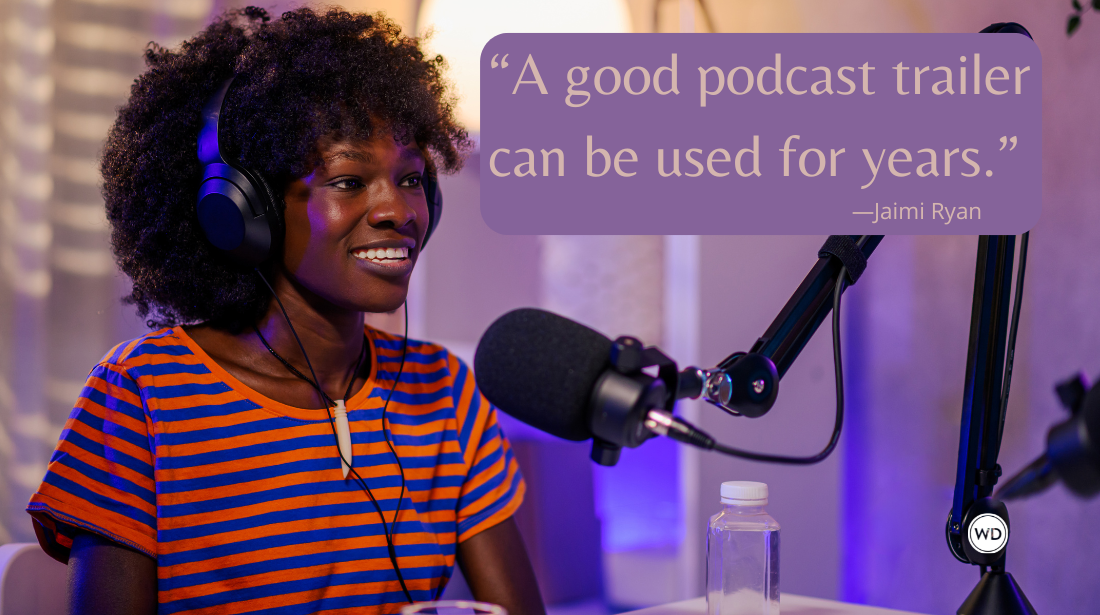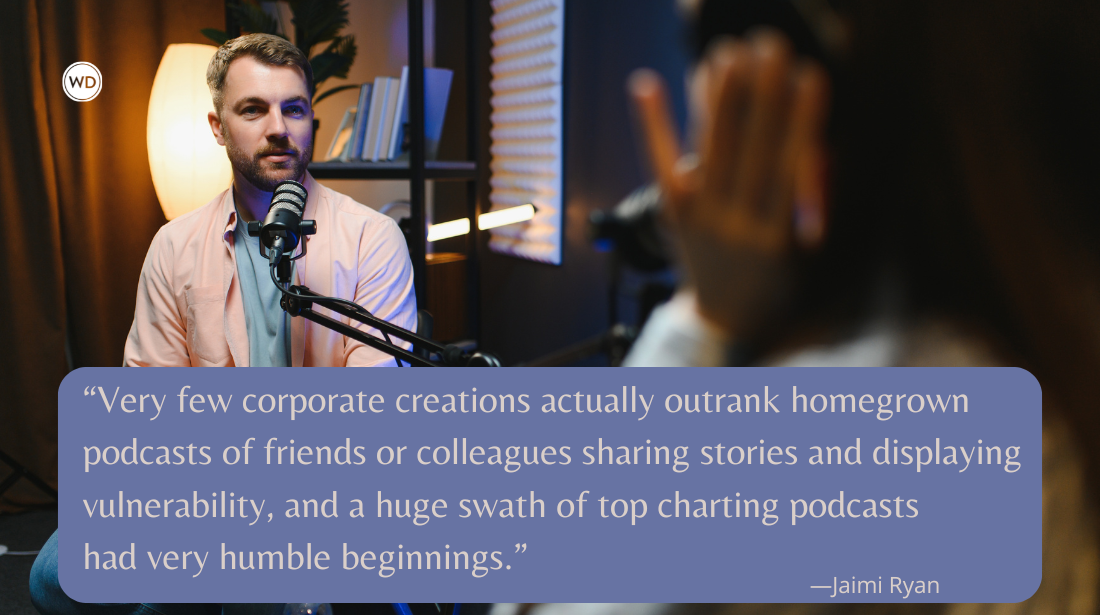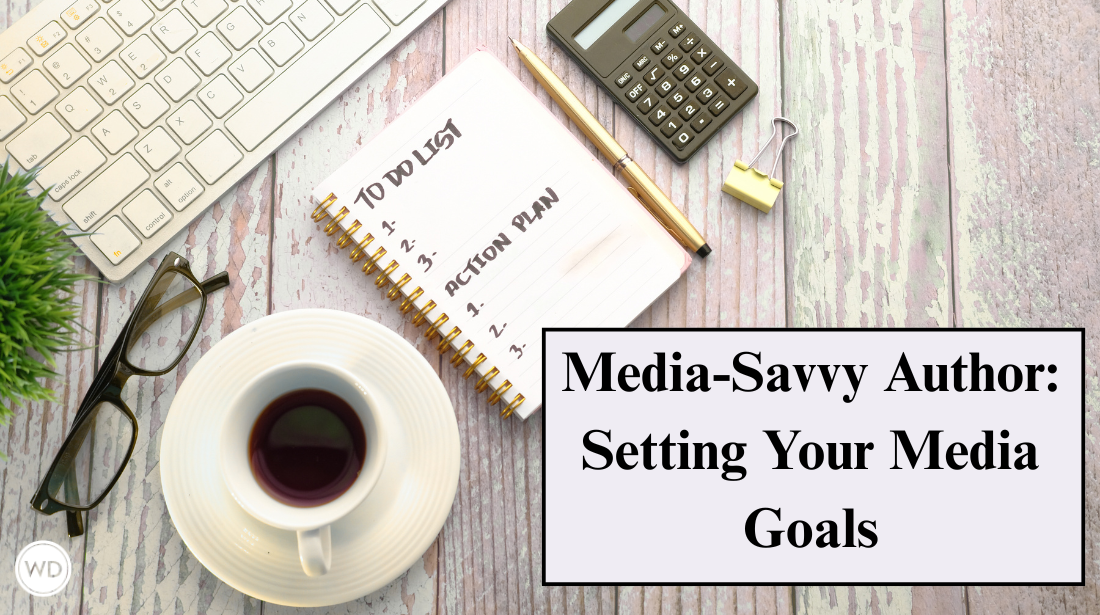How to Write a Great Overview for Your Book Proposal
Award-winning author and podcaster Debra Eckerling breaks down how to write a great overview for your book proposal.
A book proposal is a planning and promotional document for your nonfiction book. It’s how you sell yourself, your idea, and its marketability to an agent and ultimately a publisher. Even if you plan to self- or hybrid-publish, a book proposal is the roadmap you need to keep you focused and organized.
In any situation, you need to make a good first impression. Your book proposal’s Overview is that first impression. Its purpose is to get your audience’s attention, so they are as invested in your idea as you are.
Start With the Sizzle
The “Sizzle” comes after the title page in your book proposal. It’s a graphic or photo that illustrates your book’s concept. This is typically not your book cover; your publisher will have their own team for that.
Here is some Sizzle inspiration, as it relates to different types of books.
- Business book: A concept, flowchart, or representation of an idea. A timer, a roadmap, a lightbulb.
- Self-help: An illustration of the transformation or end result. A before and after pic.
- Cookbook: A signature dish or collage of recipe photos.
- Activity: A photo of the hobby, sport, or endeavor.
Your sizzle can be as simple or creative as you want. Have fun with it and make sure it reflects your idea and your style.
The Elements of Your Overview
The “About the Book” section of your book proposal starts with the Overview. The other elements are addressed briefly below.
Your one-page Overview needs to encapsulate your concept—what it is, what makes it unique, and why you are the only person who can write it. You want to get whoever is looking at it interested in reading more. Before you can articulate these things, it’s important for you to identify exactly the book’s mission/purpose. Why are you compelled to write this book: What is your motivation? And how will this book help the reader?
Your motivation may be to use your book to improve your status as a thought leader, get more visibility/readers/clients, etc. Your book’s mission is to use your background/experience to inform, educate, or entertain your reader on a certain topic, so they achieve a specific result (connect to the experience, learn something, benefit from it, enjoy what you have to say).
Another important decision is to figure out how you will get that information across. Are you sharing your personal or professional journey, a methodology or concept, or actionable tips? Once you figure out the reason you are writing the book, the desired result, and how you will share that information, you can start writing your Overview.
These are the pieces of the Overview:
Hook.
Start with a one-liner that engages the reader, showing what differentiates your idea.
- Question: Did you know that _________?
- Fact
- Quote
Concept.
Support your hook with an engaging paragraph or two that explains your book idea: what it is, your unique take, and why it is relevant/that people need to and will read it.
- Share what problem it solves
- Show how it helps
- Reference trends to prove timeliness or timelessness of the topic
Credentials.
This is where you go into your bio. Include who you are—relevant professional or even personal details—and why that makes you the perfect person to write this book. Include:
- Your background/thought leadership
- What you created/discovered/survived
- Why you love this topic/need to write this book
Conclusion.
Wrap with one or two lines that reinforce the relevance of your book topic, something inspirational that is on brand for you as the writer. Reiterate in what ways this book will help which people at this time.
Also in “About the Book”
You can get into a little more detail “About the Book” in the sections that follow the Overview.
- “What’s in the Book” contains the names of the sections and chapters, along with a few lines of description for each.
- “Book Specs” has the word count, as well as the types of content you plan to use in the book. This could be anecdotes, case studies, interviews, instructions, graphics, etc. You can also put names of possible endorsers or people willing to write the book’s foreword or afterword.
- If you have “Reviews” of previous books or “Endorsements” of your ability as a writer, that goes next.
One More Thing
The Overview is a snapshot. Make sure it’s clear and engaging, so you can expand upon it throughout the rest of your book proposal.
Remember, whoever reads your book proposal wants it to be good. Agents and publishers are seeking a win-win situation: a good book by a knowledgeable writer that they can sell. Give them one!









